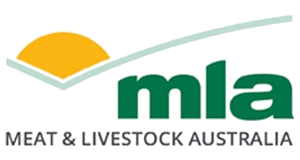V.MFS.0454 - Project Outcome
Feedback from producers suggests that the upper limits in Micro specifications are currently set too low to take account of the natural levels of microflora and can potentially be exceeded even at the very start of shelf-life.
| Project start date: | 14 June 2021 |
| Project end date: | 25 June 2022 |
| Publication date: | 13 January 2023 |
| Project status: | Completed |
| Livestock species: | Grain-fed Cattle, Grass-fed Cattle, Sheep, Goat, Lamb |
| Relevant regions: | Southern Australia, Northern Australia, National, NSW, Western Australia, Victoria, South Australia, Queensland, Northern Territory, Tasmania, Eastern Australia |
Summary
Results from the shelf-life model show products entering Japan have roughly TVC 10,000 cfu (4 log) and due to the low storage temperature of 1°C, should last up to 74 days. At -0.5°C, 90 days will be achieved. However, due to the 500,000 cfu maximum limit, lamb will only achieve 38 days, causing significant reduction in product value, as it’s perceived to be expired.
Objectives
To determine the end of beef shelf-life and its correlation with Micro shelf-life.
Key findings
There was no correlation with micro specification on the product end of shelf-life relative to its organoleptic criteria.
Benefits to industry
The industry can extend shelf-life, by not using Micro as a specification which currently does not make sense.
MLA action
MLA to communicate to industry and retailers the results and push for a change in Micro specification, to drive adoption of research outcomes.
More information
| Project manager: | Ian Jenson |
| Contact email: | reports@mla.com.au |


